Specificity in study criteria yields sleep disorder insights
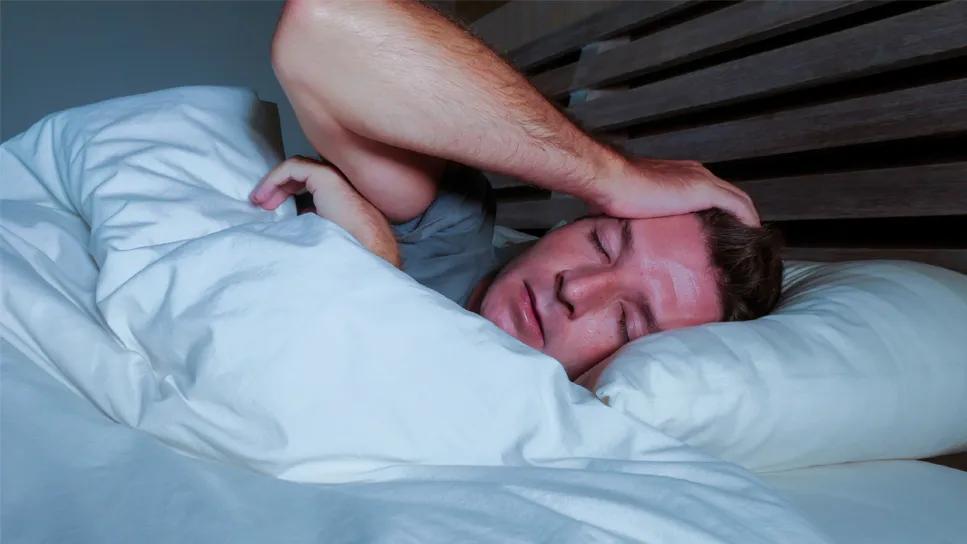
Patients taking certain antidepressants are significantly more likely to demonstrate a sleep study finding called REM sleep without atonia (RSWA), according to a study by Cleveland Clinic sleep researchers.
Advertisement
Cleveland Clinic is a non-profit academic medical center. Advertising on our site helps support our mission. We do not endorse non-Cleveland Clinic products or services. Policy
The study provides new insights into the links between antidepressants and REM sleep disorder behavior (RDB), a condition in which people act out their dreams during REM sleep, sometimes fighting, flailing, yelling or cursing. RBD, which is strongly associated with neurodegenerative diseases, can take place only in the context of RSWA, a malfunction of the brain’s mechanism for paralyzing the body during dreams.
The study was presented in June at the SLEEP 2024 conference of the American Academy of Sleep Medicine (AASM) and the Sleep Research Society. Selective serotonin reuptake inhibitors (SSRIs) and serotonin and norepinephrine reuptake inhibitors (SNRIs) have previously been associated with RSWA, but the extent to which antidepressants affect RSWA had not been quantified by drug type using scoring criteria that incorporates upper extremity electromyography (EMG).
In Cleveland Clinic’s retrospective study, researchers performed cross-sectional analysis that included EMG data from the chin and bilateral flexor digitorum superficialis (FDS). RSWA was scored according to standards in the AASM’s Manual for the Scoring of Sleep and Associated Events, Version 2.6. The researchers analyzed 1,075 records from Cleveland Clinic’s STARLIT (Sleep Signals, Testing and Reports Linked to Patient Traits) registry.
Researchers sought to compare the percentage of RSWA epochs in patients who were on SSRIs, SNRIs and/or tricyclic antidepressants (TCAs) to individuals not taking those medications.
Compared to those not on antidepressants, the percentage of RSWA epochs for those who were taking the medications increased by:
Advertisement
4.1% for SSRI users
5.6% for SNRI users
13.6% for those using a combination of SSRIs and SNRIs
18.7% for those using a combination of SNRIs and TCAs
Use of TCAs alone was not linked to increased RSWA epochs.
REM sleep behavior disorder is relatively rare, but it is a strong prodromal feature of Parkinson’s disease, Lewy body dementia and multiple system atrophy.
“The vast majority of patients diagnosed with RBD are destined to develop a neurodegenerative disorder,” says Carlos Rodriguez, MD, who was among the study’s authors.
“Every time we dream, the REM-on cells actively send messages to the alpha motor neurons to inhibit skeletal muscle contraction. Except for our eyes and our diaphragm, all of the muscles are paralyzed, which prevents us from acting out our dreams. For people with RBD, that mechanism doesn’t work. And for those who are on a path to developing neurodegenerative disease, that’s because some of the cells are dying in the brainstem, where this mechanism is at play, so they're no longer able to induce the paralysis.”
Understanding RBD is important because it is so predictive of Parkinson’s. Although no treatment currently exists to slow or stop disease progression, early detection of ⍺-synucleinopathies may well pay off in time.
“Researchers are looking for a neuroprotective agent,” says Dr. Rodriguez. “Down the road there will be something that can help postpone it or even prevent it altogether.”
In 2020, the National Center for Health Statistics reported that between 2016 and 2018, an average of 13.8% of surveyed adults 20 and older had taken antidepressants in the previous 30 days. Early on, says Dr. Rodriguez, when patients on the medications reported acting out in their sleep, it was thought that the drugs were causing RBD.
Advertisement
“Physicians would stop the antidepressants and patients would stop acting out their dreams,” he says. “But many investigators saw that eventually, RBD behaviors returned even in the absence of the antidepressant.”
Furthermore, many of those patients reported having other symptoms — loss of smell, constipation and orthostatic hypotension, which also have been associated with neurodegenerative disease.
“People are now starting to move toward thinking the antidepressants are unmasking something that was going to happen anyway,” says Dr. Rodriguez. “It's still possible that some medicines could be causing it, but it's looking less and less so.”
Understanding RBD also has been complicated in part because diagnostic criteria haven’t always been standardized, says Dr. Rodriguez.
“For many years, people would diagnose RBD on the basis of limited REM sleep without atonia, perhaps on only a single epoch,” he says. “An epoch is 30 seconds. In the course of a normal night, you might dream for 50 or 80 minutes. Thirty seconds out of 50 minutes is not very much.”
Studies show that if a person has more than 27% of REM sleep meeting criteria for REM sleep without atonia, that is compatible with a diagnosis of RBD. So in 2018, Dr. Rodriguez started checking for RSWA and quantifying it in all of his patients who had parasomnia disorders.
“I wanted to use the correct criteria to measure how much antidepressants are increasing RSWA and try to better understand this relationship,” he says.
More information is needed, including data on other antidepressants, he says.
Advertisement
In general, says Dr. Rodriguez, clinicians may help patients with sleep-health complaints more by asking explicitly about dream enactment behavior. They may be unaware they’re doing it or even that it’s a symptom.
“When I was a young staff, I remember wondering where all my parasomnia patients were,” he says. “They were all right there in front of me, but you have to ask. Patients don't commonly come in for this problem. And when they do, it's usually because their partner is insisting on it because something dramatic happened — they got punched, or something scary happened.”
Women with RBD tend to exhibit less violent behaviors, which can make detection even more difficult.
“One of my colleagues had a patient who was stirring a pot in her sleep,” he says. “This is not going to get a lot of attention. So one of the most important things that we teach our fellows is you have to ask. And the patient may not know, so sometimes you have to ask the partner.”
Advertisement
Advertisement

Study highlights value of sleep disorder screening and targeted management strategies
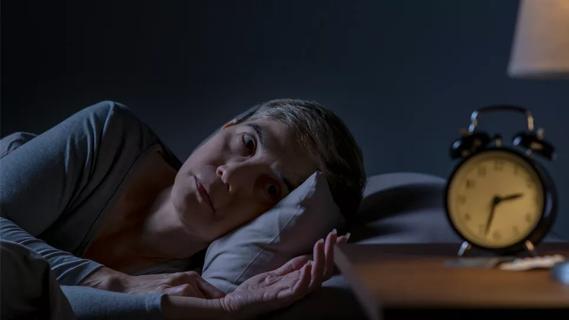
Large cohort study suggests need for routine sleep screening as part of neurological care
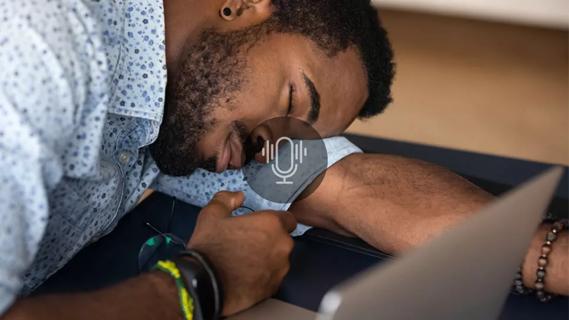
Testing options and therapies are expanding for this poorly understood sleep disorder
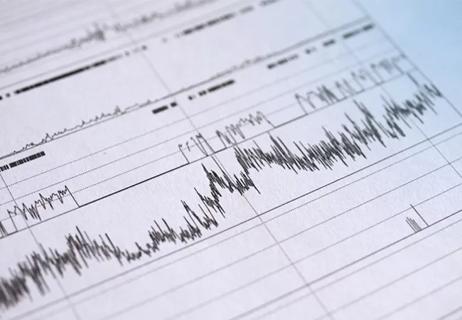
Normal or inconsistent MSLT results should not rule out this debilitating disorder
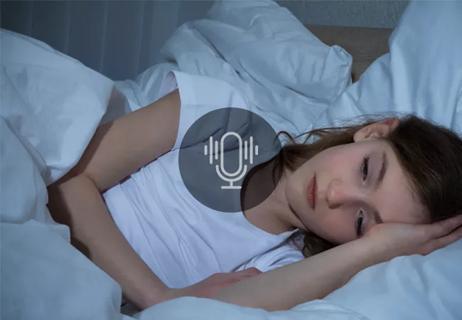
Advice for diagnosing and managing sleep disturbances in children
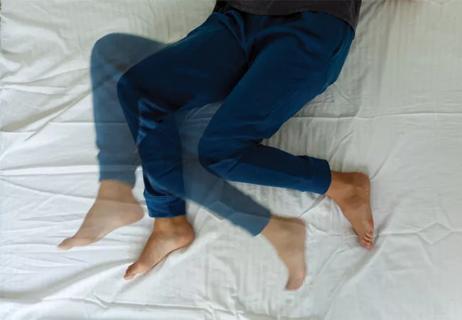
Bedroom safety, medication use and ethical dilemmas are addressed

Combining group telehealth sessions with one-on-one sessions shortens time to follow-up care

Studies of three investigational therapies test targeting of mechanistic pathways